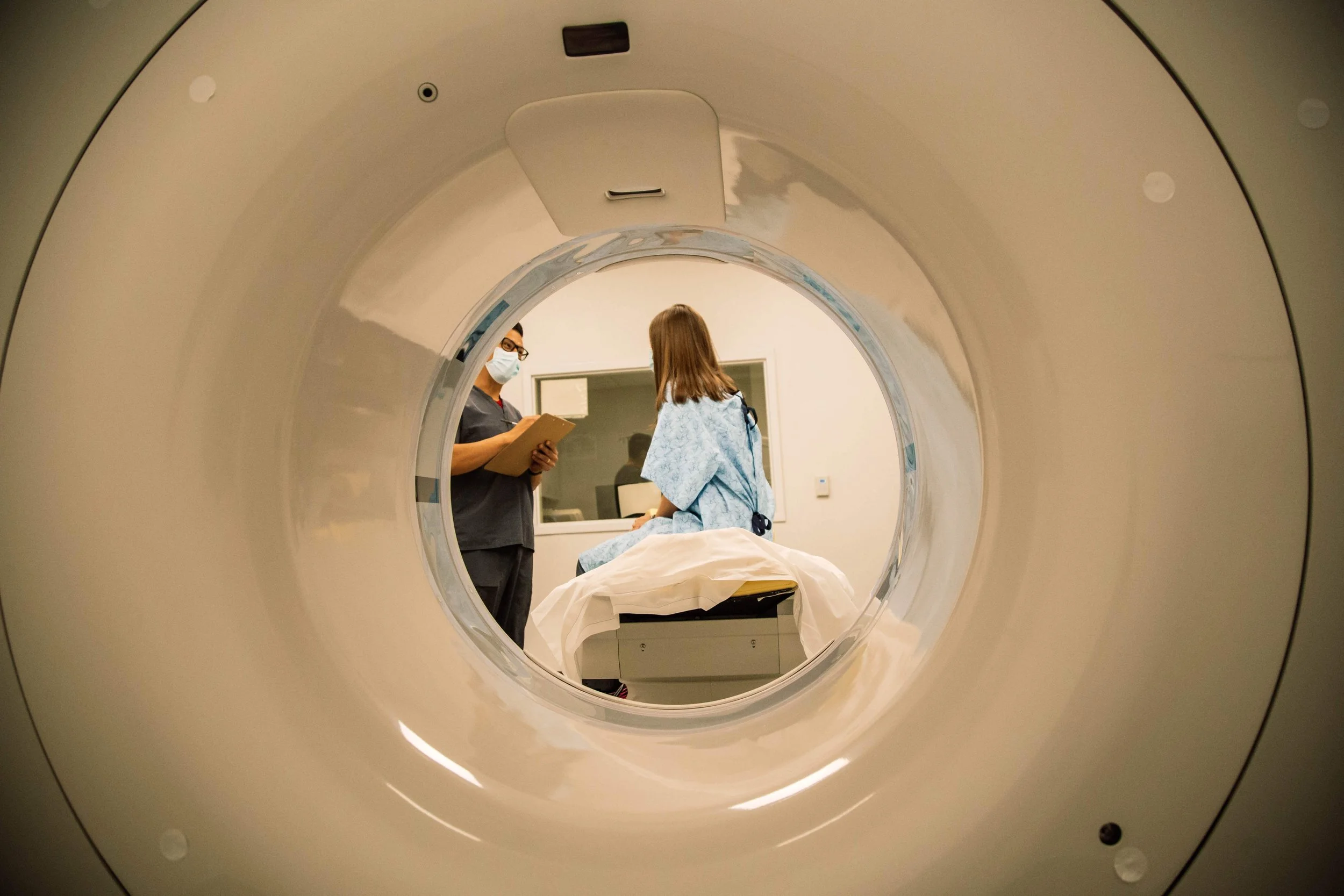What Type of Imaging Do I Need?
There are various types of medical imaging techniques that are used to diagnose diseases and provide treatment options. With as many options are there are, you might find yourself asking, “What Type of Imaging Do I Need?” The type of medical imaging depends on the condition being diagnosed or treated.
Sometimes an injury will require a CT and not an X-ray as you might assume. Knowing the difference between all of these types of imaging will help you in future discussions with your doctor and care team so that you can make an informed decision regarding your health.
These common injuries require different types of medical imaging, all of which we offer at NuChoice Imaging as a part of our service offerings:
Bones Fractures
Bone Spurs
Muscle Tears and Injuries
Head Injuries
What injuries require an X-ray?
When you think of medical imaging, the first procedure you might think of would be X-ray imaging. X-rays are a type of imaging that refer to the type of radiation used within the procedure called electromagnetic waves.
Learn more about why x-rays are used and how they work.
X-ray imaging is used for a number of injuries and instances such as broken bones, dislocated joints, foreign objects, bone injury, bone cancer, and bone growth.
Apart from these injuries, x-rays can also identify and diagnose cancers, tumors, fluid, blockages, and infections to name a few.
On an x-ray, muscles and ligaments will not show up in the image that is produced. But when a patient is complaining of pain or discomfort, x-rays are often the first step in diagnosing the area of pain.
Learn more about our x-ray services at NuChoice Imaging.
What injuries require an MRI?
MRI scans create detailed images of internal structures, soft tissue, nerves, and blood tissues.
Some injuries that are found through MRI scans are:
Brain & Bone Tumors
Stroke
Dementia
Eye Related Disorders
Ligament Tears
Multiple Sclerosis
Rotator Cuff Injuries
Spinal Cord Injuries and Disorders
Head-related Injuries
Muscle Tears
Often, when patients come into the ER or an imaging center with concussion-related symptoms or a confirmed concussion, the doctor will order an MRI scan to get a clearer picture of the injury.
What injuries require a CT scan?
CT scans are used to take images of the brain and other internal structures. These types of scans create a more detailed image than an X-ray and can find smaller injuries.
Learn more about CT scans and the difference between CT and MRI scans.
Usually, head related injuries warrant a CT scan to check for any bleeding or fractures due to an injury. The bleeding and fractures are not to be confused with a concussion as a concussion has other symptoms.
Other injuries that bring up a CT scan order might be internal related injuries such as injuries related to the organs. Bone fractures that are too small to be seen by an X-ray can be picked up by a CT scan.
What are the differences between an MRI and CT scan?
When it comes to MRI and CT scans, patients tend to get the two types of imaging confused.
CT stands for computer tomography scans. This type of imaging is primarily used for diagnosing blood clots, bone fractures, organ injuries, and internal bleeding on top of the other injuries we discussed. CT scans are more common than MRI due to the cost of the imaging and the quick appointment that it takes to complete the image.
MRI or magnetic resonance imaging scans are also useful for diagnosing a number of health issues and injuries. Compared to CT scans, MRI scans are more detailed but take a while to complete the scan. MRI scans are also radiation-free and are great for finding the small details of an injury or health issue.
Learn more here on the differences between an MRI scan and a CT scan.
What are the differences between a CT scan and an XRay?
The main difference between a CT scan and an x-ray is that a CT scan produces more of a 3D image while an x-ray produces more of a 2D image. A CT scan will produce a more detailed image than an x-ray will.
X-rays are beneficial when diagnosing injuries such as bone fractures, breaks, and other tumors and cancers. But when it comes to diagnosing injuries or health issues that are internally located, a CT scan does a better, and more detailed job.
What are the differences between an MRI and an X-Ray?
When receiving an x-ray, you are exposed to beams of radiation during the imaging process as opposed to an MRI scan where there is not any radiation transmitted during the procedure.
Another large difference between these two types of imaging is the cost and the time that it takes for the imaging. An MRI scan will be far more expensive due to the type of technology that is used. While you receive a highly detailed image from an MRI, the imaging can take a while compared to the convenience of an x-ray.
Similarities Between the Three Main Types of Diagnostic Imaging
MRI, CT, and x-rays all are the main types of diagnostic imaging. All are used for diagnosing specific injuries and health issues that may arise. Each is special in their own respect for the type of image they produce and how they help radiologists answer questions about your health.
Imaging Services in Midland, TX
The important part of determining what type of imaging you need is that you can leave it up to the professionals. Your care team will make a suggested plan of care for getting a diagnosis for you so that your life can return back to normal.
At NuChoice Imaging you can expect state-of-the-art technology along with a team of well-trained staff that are ready and willing to take care of your needs during your imaging appointment. Learn more about all of our imaging services for Midland, Odessa, and the surrounding areas of West Texas.






